Mercury, the smallest and innermost planet in our solar system, has long intrigued astronomers and space enthusiasts. One of the most frequently asked questions about this rocky world is: Does Mercury have any moons? The answer is simple yet fascinating: No, Mercury does not have any moons. This article delves into the reasons behind Mercury’s moonless state and explores how this contrasts with other planets in our solar system. stay with spaceyv
Does Mercury Have Any Moons?
Before diving into the specifics of Mercury, it’s important to understand what moons are. Moons, or natural satellites, are celestial bodies that orbit planets or larger bodies. They come in various sizes and compositions, from small asteroid-like objects to large, geologically active worlds like Jupiter’s moon, Io. Moons are generally captured by a planet’s gravity, and their presence or absence can tell us a lot about the planet’s history and environment.

Why Doesn’t Mercury Have Moons?
-
Mercury is very close to the Sun.
-
The Sun’s strong gravity would likely pull away any moon that Mercury tried to keep.
-
It’s also possible that in the distant past, Mercury could have captured a small moon — but if it did, it probably got ripped away or crashed into the planet.
🤔 Fun Thought:
-
Venus also doesn’t have any moons!
-
Mercury and Venus are the only two planets in our solar system without any natural satellites.
Mercury’s Unique Position in the Solar System
Mercury’s proximity to the Sun plays a crucial role in its lack of moons. Located just about 58 million kilometers (36 million miles) from the Sun, Mercury is subjected to intense solar gravitational forces. These forces significantly influence the planet’s ability to capture or retain any potential moons.
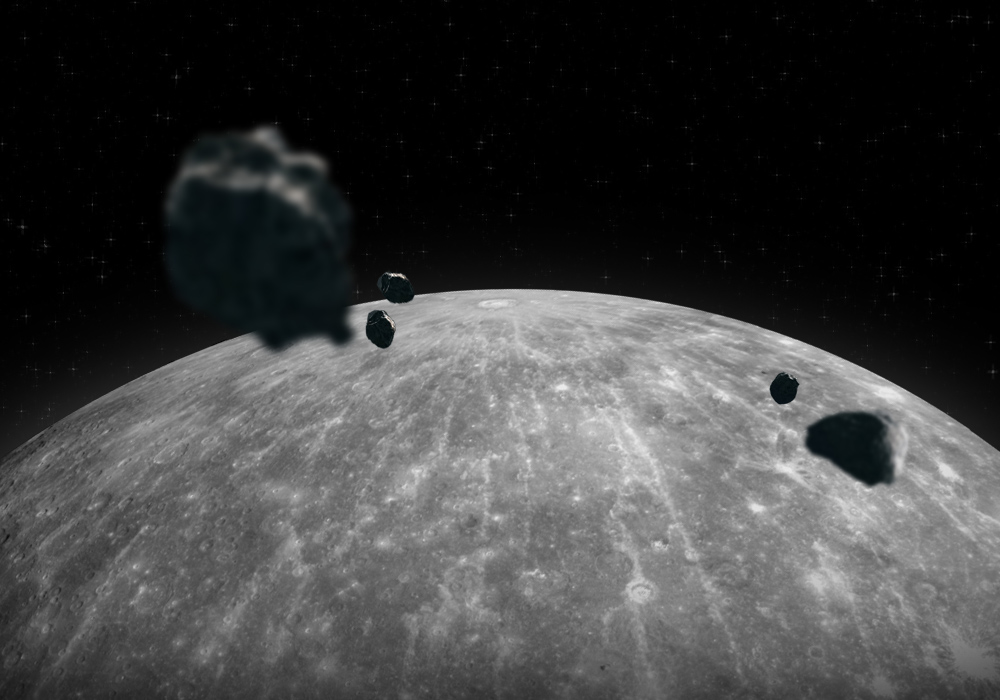
Gravitational Influence of the Sun
The Sun’s gravity is the dominant force in the inner solar system. For a planet to have a stable moon, the gravitational pull of the planet must be strong enough to counteract the Sun’s gravitational influence. Mercury, being the closest planet to the Sun, faces a gravitational tug-of-war that it cannot win. Any object close enough to Mercury to be considered a moon would likely be pulled away by the Sun’s stronger gravitational force.
Comparison with Other Planets
When we look at the other planets in our solar system, we see a variety of moon systems. Earth has one large moon, while Mars has two small moons, Phobos and Deimos. The gas giants like Jupiter and Saturn have dozens of moons, with some as large as small planets themselves.
🌍 Planet Comparison Table: Mercury vs Others
| Feature | Mercury | Venus | Earth | Mars | Jupiter | Saturn | Uranus | Neptune |
|---|---|---|---|---|---|---|---|---|
| Distance from Sun | Closest (1st) | 2nd | 3rd | 4th | 5th | 6th | 7th | 8th |
| Moons | 0 | 0 | 1 | 2 | 95 | 146 | 27 | 14 |
| Size (Diameter) | Smallest | Similar to Earth | — | About half of Earth | Largest | 2nd largest | 4x Earth | Slightly smaller than Uranus |
| Day Length | ~59 Earth days | ~243 Earth days | 24 hours | ~24.6 hours | ~10 hours | ~10.7 hours | ~17.2 hours | ~16.1 hours |
| Year Length | 88 Earth days | 225 Earth days | 365 days | 687 days | 12 Earth years | 29 Earth years | 84 Earth years | 165 Earth years |
| Surface Temp. | -180°C to 430°C | ~465°C (constant) | -88°C to 58°C | -125°C to 20°C | -145°C (upper atm.) | -178°C (upper atm.) | -224°C | -218°C |
| Atmosphere | Very thin (exosphere) | Thick, CO₂-rich | Nitrogen/Oxygen mix | Thin, CO₂-rich | Hydrogen/Helium | Hydrogen/Helium | Hydrogen/Helium | Hydrogen/Helium |
| Rings | ❌ | ❌ | ❌ | ❌ | ✅ | ✅ | ✅ | ✅ |
🪐 Key Takeaways:
-
Mercury is the smallest and closest planet to the Sun.
-
It has no moons and no atmosphere to trap heat — so it experiences extreme temperature swings.
-
Compared to the gas giants (Jupiter, Saturn, Uranus, Neptune), Mercury is tiny and rocky, like Venus, Earth, and Mars — the terrestrial planets.
-
Mercury spins slowly but orbits the Sun very quickly — making it the fastest planet in terms of year length.
The differences in moon systems among the planets can be attributed to several factors, including their distance from the Sun, their gravitational strength, and their formation histories. For instance, the outer planets have stronger gravitational fields and are farther from the Sun, allowing them to capture and retain a larger number of moons.
Related Contents:
Theories and Hypotheses about Mercury Moons
There are several hypotheses about why Mercury does not have moons. One theory suggests that any early moons that Mercury might have had were lost to the Sun’s gravitational pull. Another hypothesis is that Mercury’s small size and mass make it difficult for the planet to capture passing objects and keep them in stable orbits.
Additionally, Mercury’s lack of significant atmosphere and magnetic field means that it has not had the same opportunities for moon formation as Earth or Mars, which could capture objects from the asteroid belt or other parts of the solar system.
Implications for Understanding Planetary Formation
The absence of moons around Mercury offers valuable insights into planetary formation and evolution. Studying Mercury helps astronomers understand the dynamics of the early solar system, particularly how the gravitational interactions between the Sun and the inner planets influenced their development.
Mercury’s moonless state also suggests that the processes that led to the formation and retention of moons around other planets were not present or were significantly weaker in Mercury’s case. This knowledge helps refine models of planetary system formation and the various factors that contribute to the diversity of celestial bodies we observe.
1. Why doesn’t Mercury have any moons? Mercury does not have any moons primarily due to its proximity to the Sun. The Sun’s strong gravitational forces make it difficult for Mercury to capture and retain any potential moons.
2. Has Mercury ever had moons in the past? It is possible that Mercury may have had moons in the early solar system. However, any such moons would likely have been lost to the Sun’s gravitational pull over time.
3. How does Mercury’s lack of moons compare to other planets? Unlike Mercury, many other planets have moons. For instance, Earth has one moon, Mars has two, and the gas giants like Jupiter and Saturn have dozens. The differences are due to factors such as distance from the Sun, gravitational strength, and planetary formation history.
4. Could Mercury ever capture a moon in the future? It is highly unlikely for Mercury to capture a moon in the future due to the dominant gravitational influence of the Sun. Any potential moon would be pulled away by the Sun’s gravity.
5. What role does Mercury’s atmosphere play in its lack of moons? Mercury has a very thin atmosphere, which does not significantly influence its ability to capture moons. The primary factor is the gravitational influence of the Sun.
6. Do other planets close to the Sun have moons? Venus, the second planet from the Sun, also does not have any moons. Like Mercury, Venus is too close to the Sun to retain a stable moon.
7. What is the significance of studying Mercury’s lack of moons? Studying Mercury’s lack of moons helps astronomers understand the gravitational dynamics of the early solar system and the factors that influence planetary satellite formation and retention.
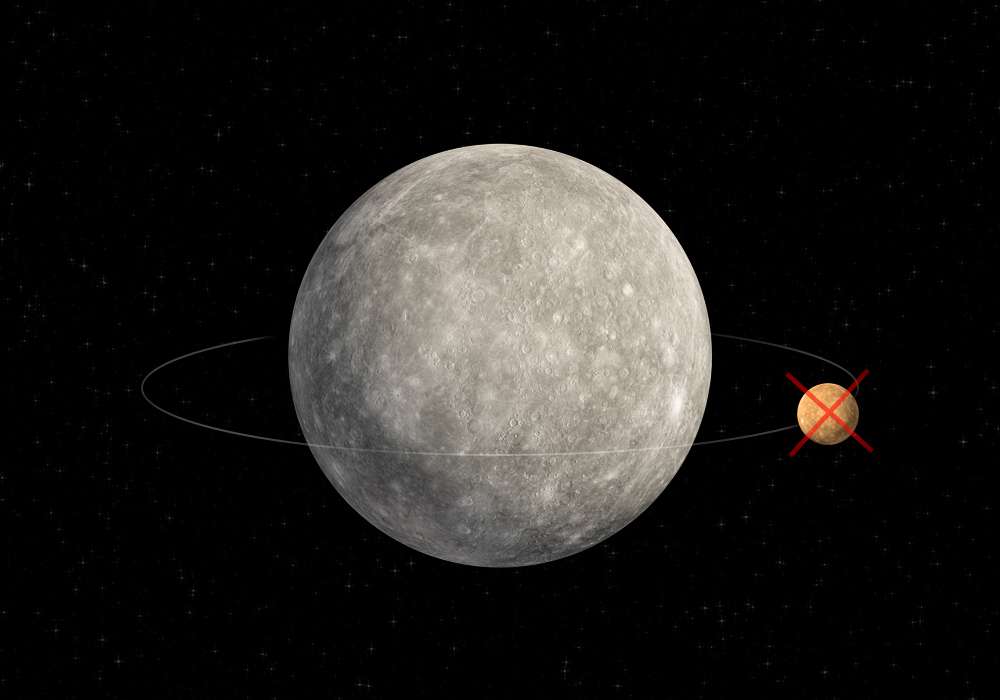
8. How do gravitational forces affect moon formation? A planet’s ability to capture and retain moons depends on its gravitational strength relative to other forces, such as the Sun’s gravity. A strong gravitational field far from the Sun, like those of the outer planets, is more conducive to moon formation and retention.
9. Are there any missions planned to study Mercury further? NASA’s MESSENGER mission has already provided valuable data about Mercury. The European Space Agency’s BepiColombo mission, launched in 2018, is currently on its way to Mercury and will provide further insights upon arrival.
10. How does Mercury’s lack of moons influence its geological features? The lack of moons means Mercury does not experience tidal forces that could influence its geological activity. As a result, its surface features are primarily shaped by other factors, such as impacts from asteroids and comets and volcanic activity.
Conclusion
In summary, the question “Does Mercury have any moons?” can be answered with a definitive no. Mercury’s unique position in the solar system, coupled with the overwhelming gravitational influence of the Sun, prevents it from having any natural satellites. Understanding why Mercury is moonless not only satisfies our curiosity but also enhances our broader comprehension of planetary science and the intricate ballet of celestial mechanics within our solar system.
As we continue to explore and study our cosmic neighborhood, each discovery about planets like Mercury adds a piece to the puzzle of our universe, enriching our knowledge and fueling our quest for understanding the vastness of space.

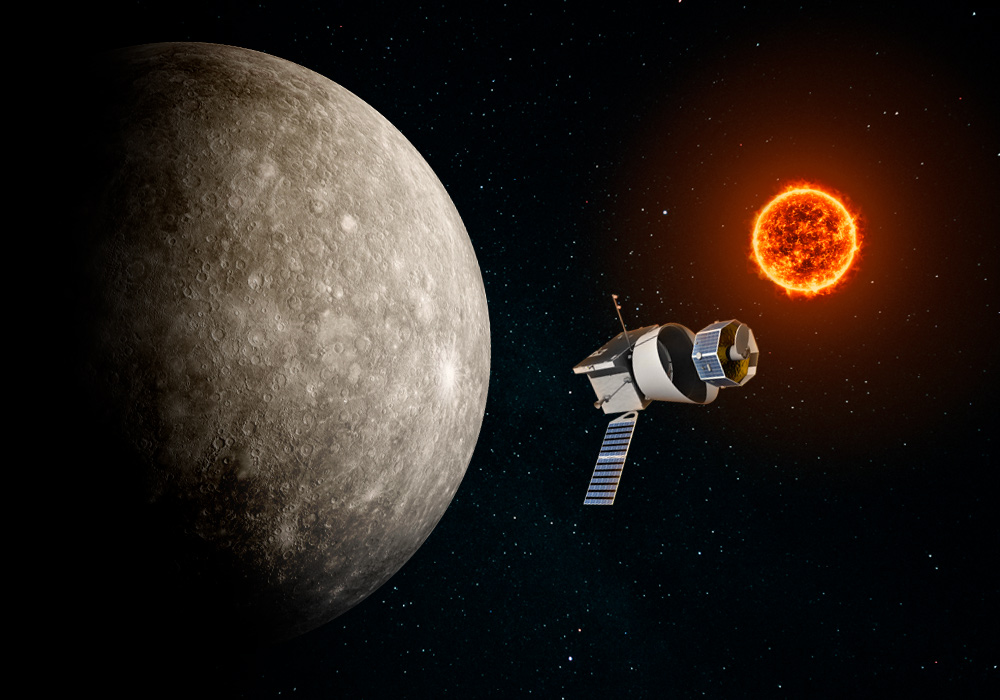
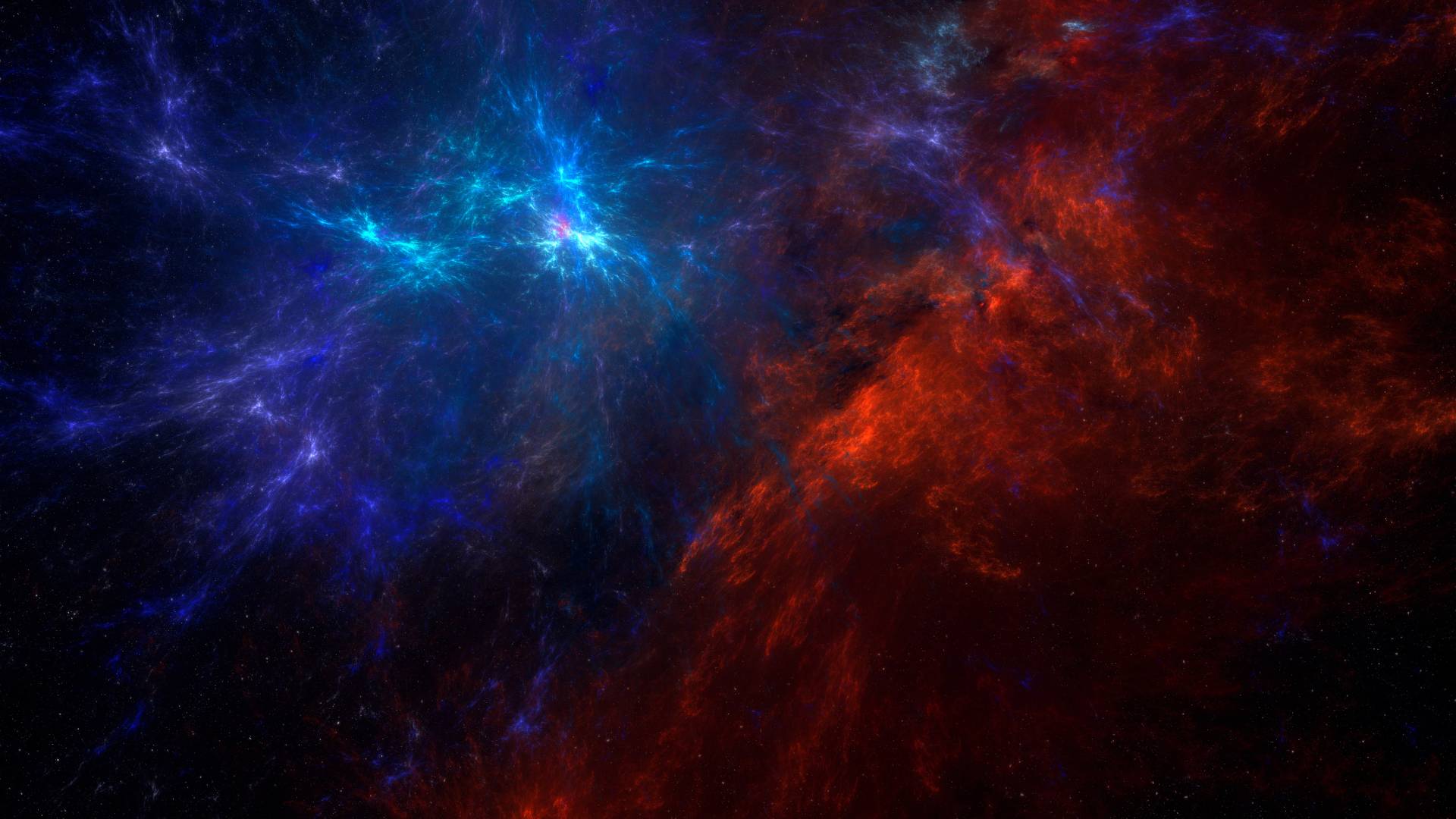
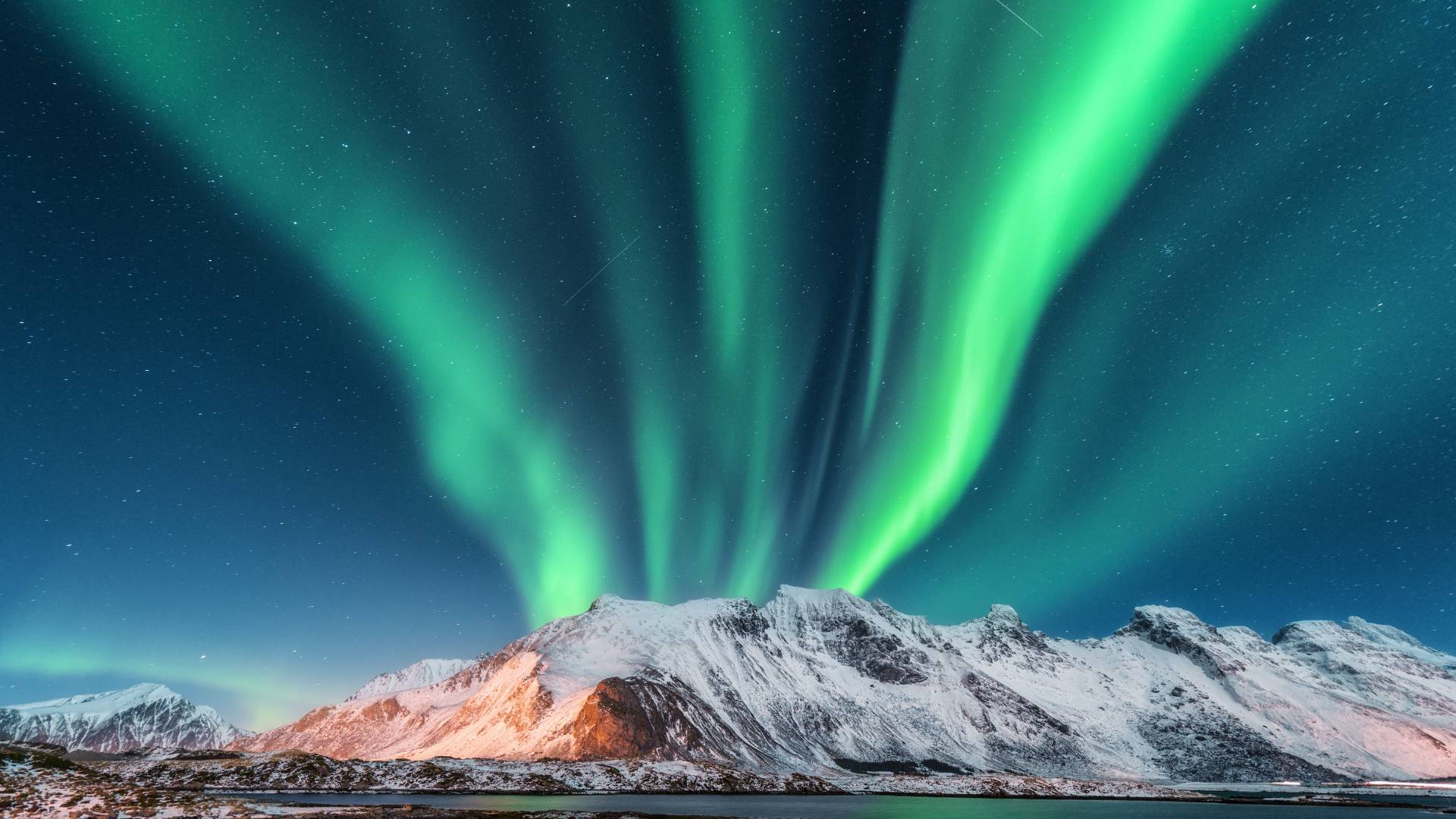
Your writing has a way of resonating with me on a deep level. I appreciate the honesty and authenticity you bring to every post. Thank you for sharing your journey with us.